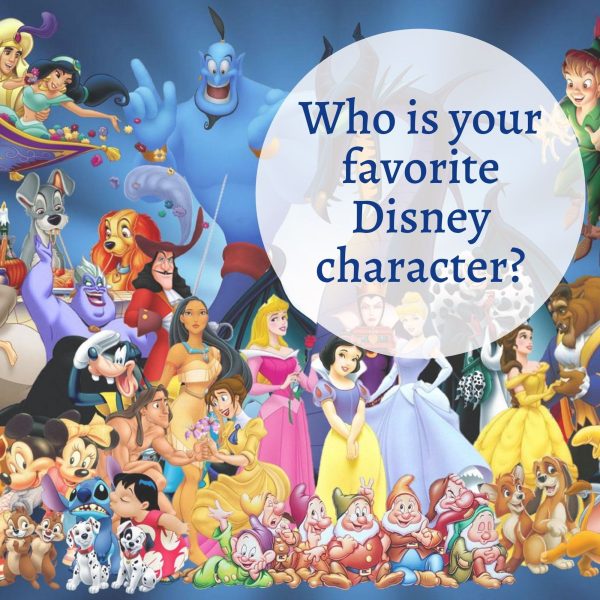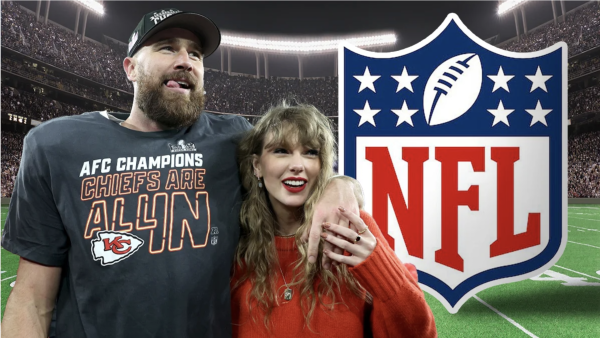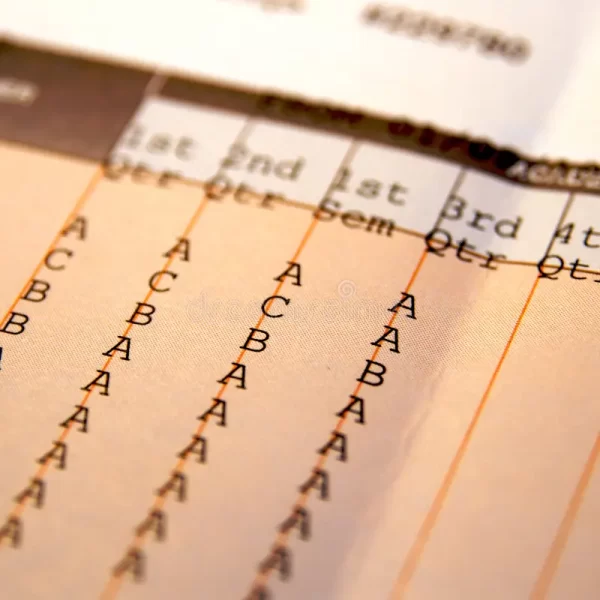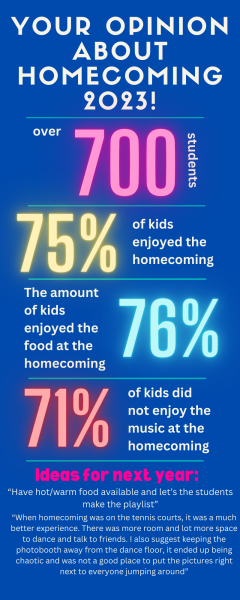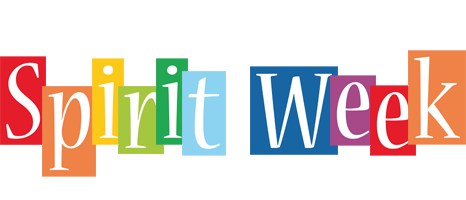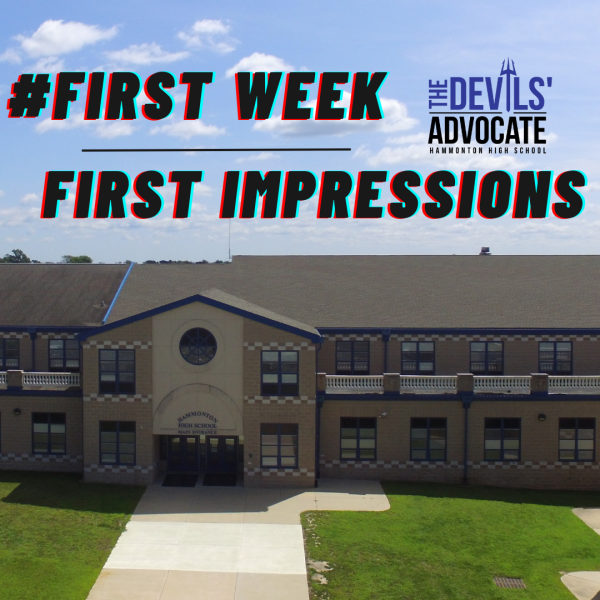One Flag: Many Meanings
Art shows typically are events of celebration and admiration. Creating art is a multi-faceted process in which inspiration comes from a variety of places: the artists themselves, nature, their environment, their culture. In America, where the culture is both vibrant and diverse, images that one group celebrates can be one that isolates another. And such is the case with the Confederate flag, an image that evokes a strong emotional response from those who associate it with the nation’s dark roots in slavery and those that champion it for its connection to state rights, outdoor lifestyle, and/or Southern pride.
The conversation surrounding the Confederate flag is a complex one. Hammonton High School is not the first place, or high school for that matter, that has dealt with this. When a student created a table top with the battle flag on it, the same emotions that affect the country at the national level were felt in the school.
Many high schools across the country have dealt with this issue. In 2015, Russell High School in Kentucky made headlines when student Jacquelyn Duty arrived for her prom wearing a sequined Confederate Flag dress she made herself. Warned prior to the event by the administrators of Russell High School to choose different and appropriate prom attire, she wore it anyway, prompting the principal to ban her from attending the event. After not being allowed to attend the school sponsored event, Duty sued the school for violation of her first amendment right. They settled out of court, and, as noted on the Newseum website, “both parties were happy with the undisclosed agreement.”
Was the case a violation of Freedom of Speech? Or a student being censored due to disrespectful garments?Could the school prove that this would have been the case with Duty’s dress?
At Bloomington High School North last October, a group of students wore Confederate Flags as capes. The principal banned the flag, declaring it a disruption to the school environment. Although the student’s First Amendment rights’ are apparent in public school, one is not allowed to display images or symbols that cause a substantial disruption. The school didn’t take a stand on the meaning of the Confederate flag, instead banning it based on the fact that it caused a disruption rather than a matter of agreeing with the symbol or not. Tamara Brown, a student at Bloomington, says she was interrupted by “multiple students wearing Confederate hats and capes draped across their bodies… They yelled things such as, ‘If you want to start stuff, then we’ll start stuff too.’”
In many cases, schools (and even cities, such as New Orleans, recently), have made the choice to remove Confederate imagery to put a halt to the disruption it evokes as well as to deconstruct any negative messages a student may interpret from it.
Schools rely on what’s known as the Tinker standard when determining whether or not they can censor a student’s expression. The school must have evidence that the student’s expression would lead to substantial disruption of the school environment or an invasion of the rights of others.
Racial tension within public schools has not failed to take place when the presence of the Confederate flag is apparent. America’s history, including the civil war have, light shed on them the moment the flag is displayed. For some, it is difficult to find a hint of Southern pride when systemic oppression and racism have been so heavily woven into America’s history and society. For others, it is a proud symbol of history and a statement that celebrates the independent spirit of Americans that reject big government.
After looking at history, and realizing the use of the Confederate flag, it becomes clear to us that it is an offensive symbol to people of color or anyone that realizes the immorality of the events that took place back during the war.
So what can HHS learn from this?
Some in the school community felt intimidated, disrespected, and unsafe based on what they believe the flag represented. Within the Constitution of the Confederate States of America, there is articles encouraging the strengthening of slavery and state’s rights to do so. The Confederacy longed to subjugate innocent people to slavery as well as divide the country. The flag is tied to more meanings than one, but due to its history, it can easily be associated with slavery and the oppression of black people living in America.
The individuals who support this symbol often fail to acknowledge the surreptitious past of the nation. The South wanted to secede from the nation because the North began to fight slavery due to it being immoral. The argument between political sides led to the creation of the Republican party, which was based on the opposition of slavery throughout America. After Kansas-Nebraska Act and the ruling in the Dred Scott Case, slavery had been continued to be exercised in the agriculture-based south. After Lincoln’s election, South Carolina, Mississippi, Florida, Alabama, Georgia, Louisiana and Texas all seceded.
The flag stood for the separation of the state, for the desire to continue an economy and way of life that relied on treating others as less, for slavery to continue being a norm in the nation.
The opinions expressed are that of the authors.

